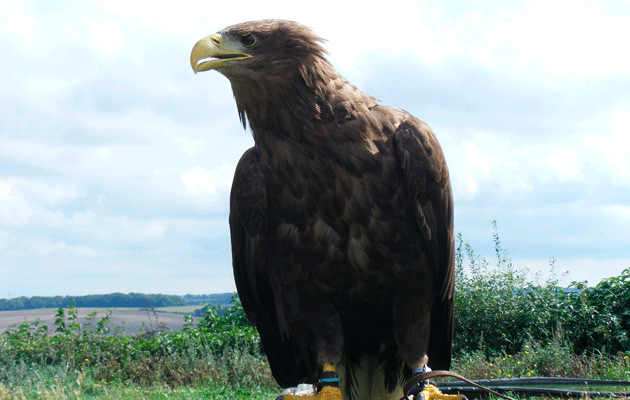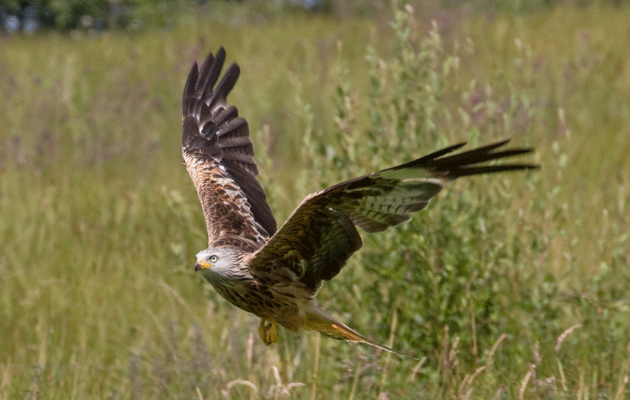Sharpshooter

Hiding behind all the controversy about snares, there is a little gem of fact. It is that one of the chief opponents of the use of snares, the League Against Cruel Sports (LACS), once commissioned research into fox behaviour which entailed the use of snaring to capture the animal live and release them unharmed, fitted with radio collars. The snares used were virtually identical to the ones commonly used today ? braided wire fitted with stops.
The researchers, who were from a Scottish university, were tasked to explore the feeding habits of foxes. It was said at the time that LACS wished to debunk the ?myth? that foxes posed a real risk to lambs. I don?t know if this was true, but I do know that the research was conducted on a Highland estate in Sutherland which, at the time, was owned by the late Alan Clark MP, who was sympathetic to the League?s stance on hunting. The idea was to fit radio collars to a number of foxes and then track their movements at the key time of year.
I once engaged in some sparring with LACS in local newspapers over what some might see as its hypocrisy over snares. Its spokesman at that time tried to distance the organisation from the actions of the researchers, saying that LACS had been unaware that snares were used in the research. The question he left unanswered was this: does LACS admit that legal snares can, if used correctly, be used in an acceptably humane manner? Or does it admit that it?s own actions instigated avoidable pain and suffering to a number of foxes? Back then, I said that I could not see how LACS could have it both ways. I still can?t.
The farm subsidy disputes
Another area of dispute that is brewing up is the matter of farm subsidies. This has been rumbling on for a while, but was stoked up still further by a recent BBC Panorama programme citing evidence of abuse of the system by so-called slipper farmers in Scotland. With reform of the Common Agricultural Policy set for next year, the whole issue is bringing up some strong emotions in the countryside.
The matter is more complicated than a casual glance suggests. Tenant farmers, in particular, are insisting that farm payments should only go to ?active farmers?, and the EU seems to have sympathy with this point ? which then raises the question of exactly how one defi nes an active farmer, given that a good deal of farming work is actually done by contractors.
More fundamental, I think, is the really central question of what these farm payments are for. Are they supposed to be income support for farmers, or are they supposed to be used to purchase public goods, such as biodiversity? Many farmers assume it?s the former, linked to food production, whereas most of the public would tend towards the latter.
Many nature conservation bodies,including the RSPB, are determined that the CAP payment system should be ?greened?. The risk is that a compulsory ?greening? of the basic farm payment system could inadvertently undermine the parallel system of agri-environment schemes (commonly called stewardship) which, in the right place, can be very good indeed for game and wildlife.
And all this is complicated still further buy the growing body of evidence suggesting that, despite spending £500m a year on stewardship schemes in England and Wales, most farmland birds are continuing to suffer steep population declines. It is becoming evident to many, if not all, that the missing ingredient in stewardship is predator control.
As the squeeze on public finances gets ever tighter, and as farmland birds decline still further, how long will it be before the powers that be face up to the fact that funding habitat management without judicious predator control is a waste of money?
Have your say: if you have a view on a current news topic, send it, in no more than 500 words, to steditorial@ipcmedia.com.
What is YOUR opinion?
Join other ST readers in our forums to discuss your views.
Like this article? Mark this page on a social bookmarking website…








